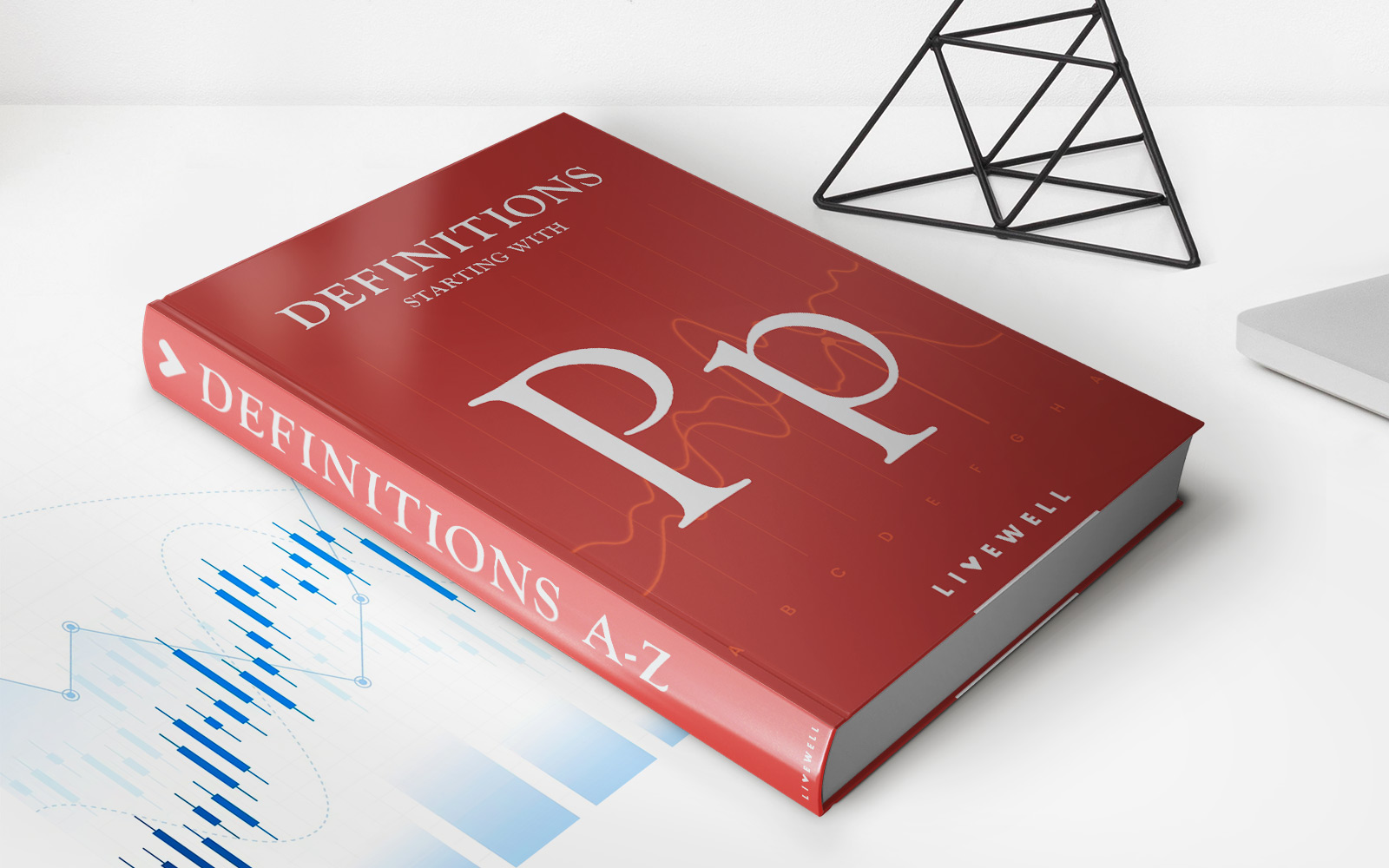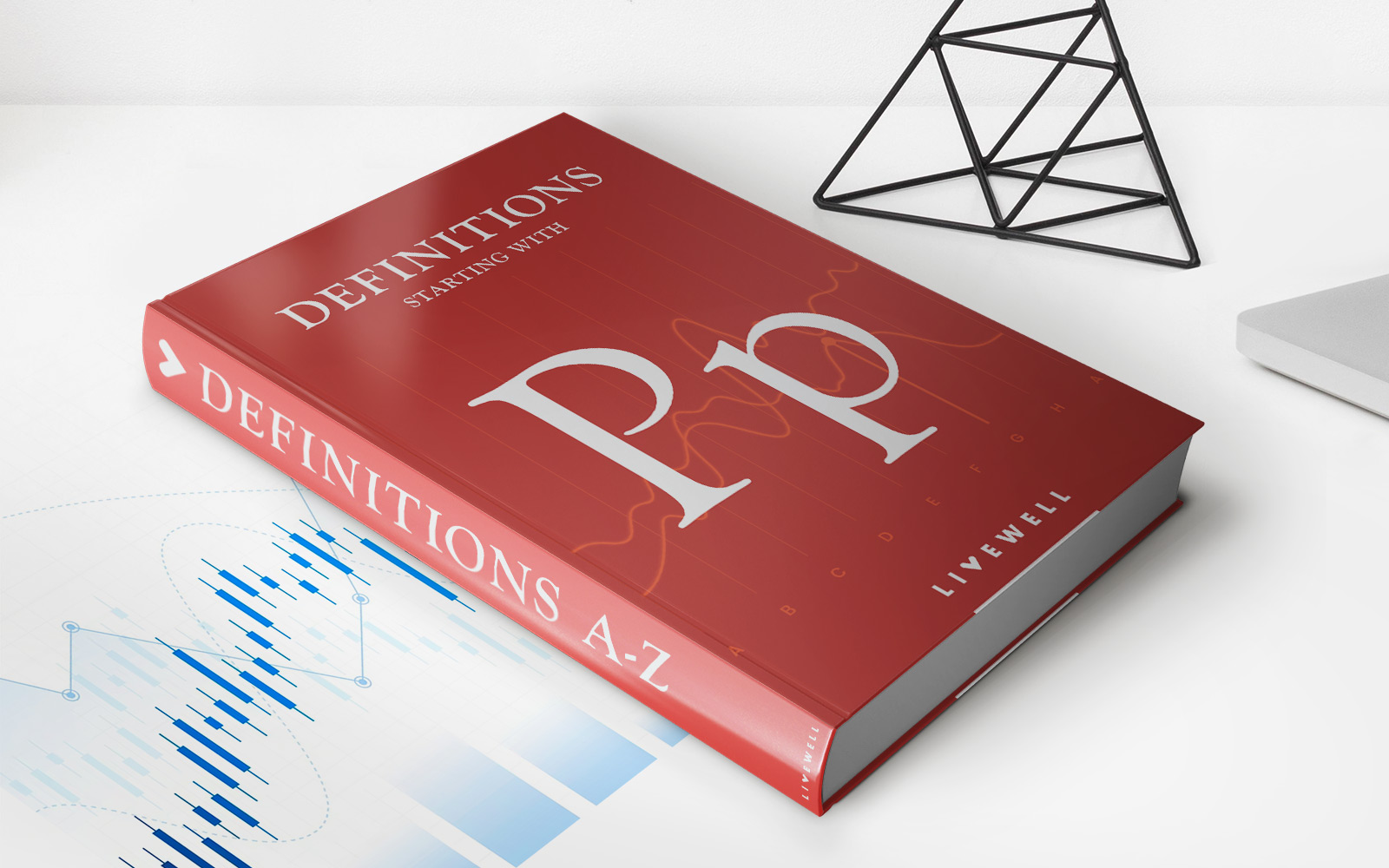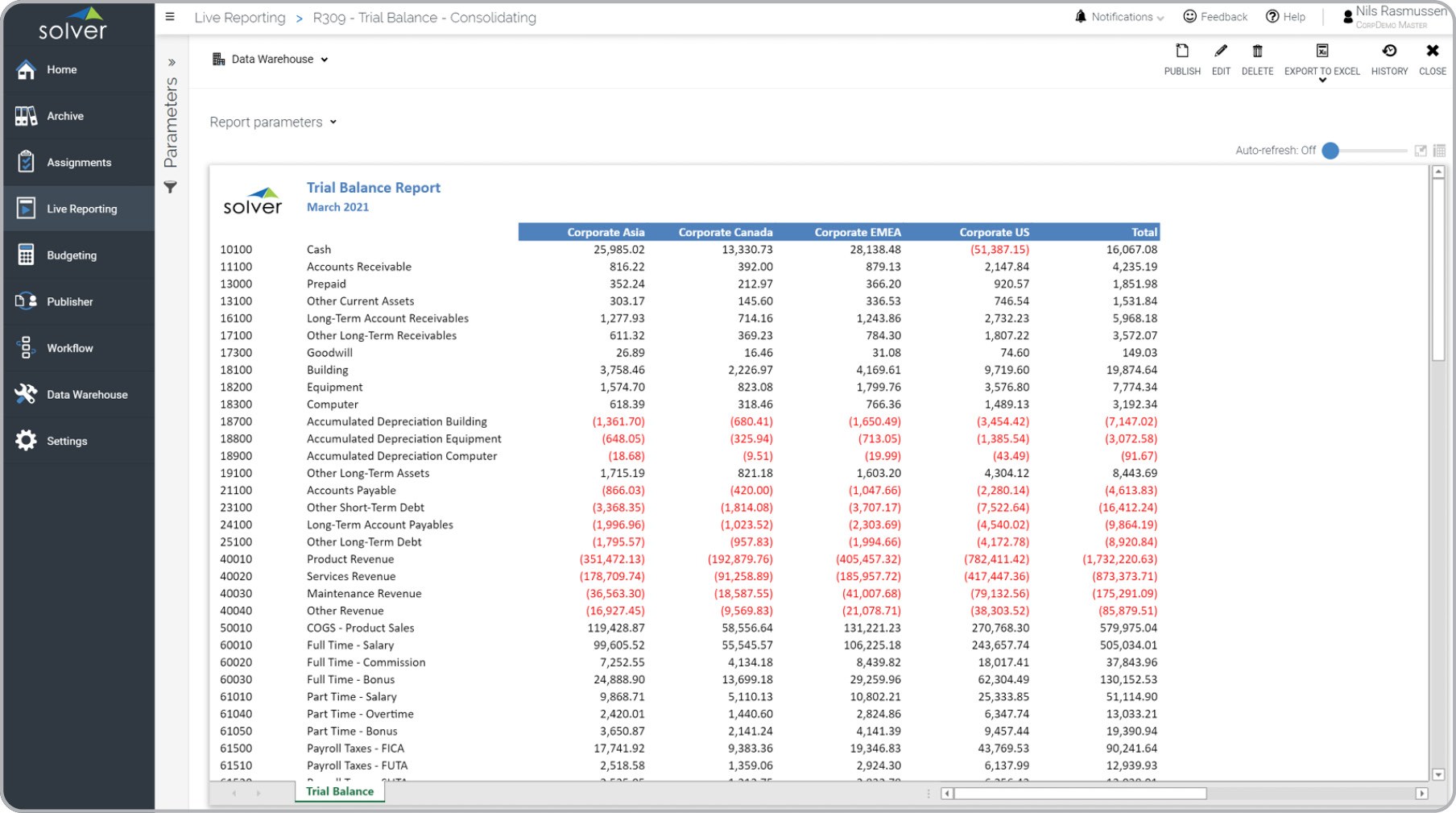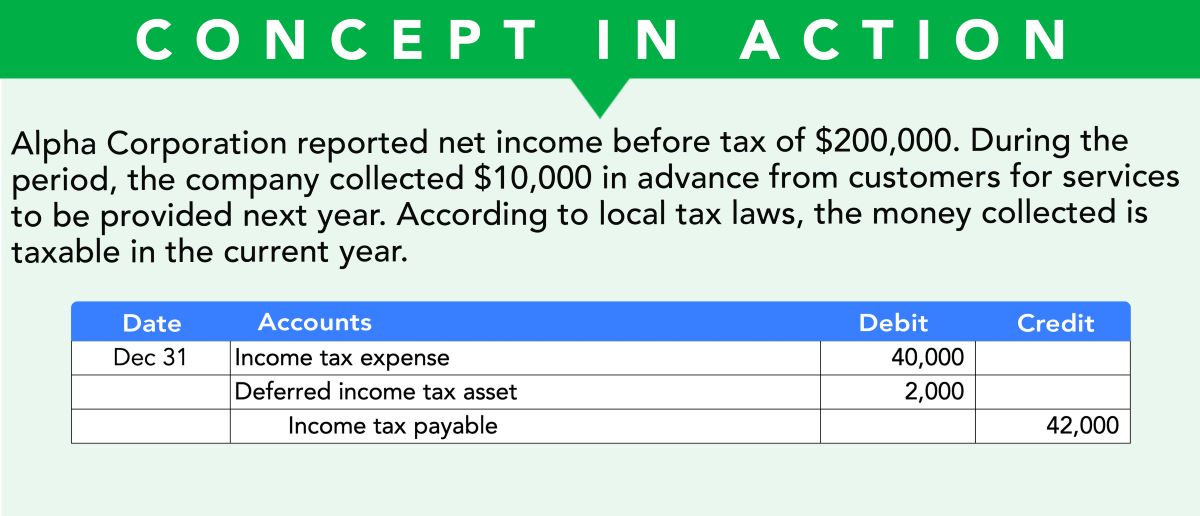Home>Finance>Payment For Order Flow (PFOF): Definition, How It Works


Finance
Payment For Order Flow (PFOF): Definition, How It Works
Published: January 6, 2024
Discover the definition and workings of Payment for Order Flow (PFOF) in finance. Gain insights into how this practice impacts the financial industry.
(Many of the links in this article redirect to a specific reviewed product. Your purchase of these products through affiliate links helps to generate commission for LiveWell, at no extra cost. Learn more)
Payment for Order Flow (PFOF): Definition, How It Works
Hey there, finance enthusiasts! Today, we’re diving into the intriguing world of Payment for Order Flow (PFOF). If you’ve ever wondered about the inner workings of the financial industry and how certain brokers make money, then this article is for you. In this post, we’ll define PFOF, explore how it works, and highlight its implications for investors. So, let’s get started!
Key Takeaways:
- Payment for Order Flow (PFOF) is a practice in which brokers receive compensation from market makers for directing customer orders to them.
- This controversial practice can potentially lead to a conflict of interest, as brokers may prioritize revenue over getting the best execution for their clients.
What is Payment for Order Flow (PFOF)?
PFOF is a practice in which brokers, such as online trading platforms, receive compensation from market makers for routing their customers’ orders to them. Market makers are firms that quote both a buy and a sell price for a financial instrument and facilitate trading by providing liquidity to the market. The compensation received by brokers for directing orders to these market makers is typically a small fee per trade.
Now you might be wondering, why would market makers be willing to pay brokers for these orders? Well, market makers profit from the bid-ask spread, which is the difference between the price at which they are willing to buy and sell a security. By receiving a large volume of orders, market makers can execute trades at various prices and take advantage of the bid-ask spread to generate profits. PFOF allows market makers to access a steady stream of trading orders, increasing their trading volume and potential profitability.
How Does PFOF Work?
Let’s break it down step by step:
- An investor places a trade on an online brokerage platform.
- The broker receives the order and has a choice: either execute the order in-house or send it to a market maker.
- If the broker decides to route the order to a market maker, they receive compensation in return.
- The market maker executes the trade and profits from the bid-ask spread.
While PFOF may seem like a win-win scenario, it has stirred up some controversy in the investing community. Critics argue that PFOF can create a conflict of interest for brokers. By receiving compensation for directing orders, brokers may be incentivized to prioritize revenue over getting the best execution for their clients. This means that the broker may not always choose the market maker that offers the best price and execution speed, potentially impacting the investor’s returns.
However, proponents of PFOF argue that it has contributed to the democratization of investing by enabling zero-commission trading. Without the revenue generated from PFOF, brokers may need to charge higher commissions, potentially putting a barrier to entry for smaller investors.
Implications for Investors
With PFOF being a prevalent practice in the brokerage industry, it’s important for investors to be aware of its potential implications. Here are a few key points to consider:
- Execution Quality: As an investor, it’s essential to understand how your broker executes your trades and whether they prioritize your best interests or their own bottom line.
- Transparency: Look for brokers who are transparent about their routing practices and the compensation they receive for order flow. This information can help you make informed decisions and select a broker that aligns with your priorities.
- Fee Structure: While PFOF may allow for zero-commission trading, it’s important to consider the overall fee structure of your broker. Some brokers may compensate for the lack of commission fees by charging higher spreads or other hidden fees.
In conclusion, Payment for Order Flow (PFOF) is a practice in which brokers receive compensation for directing customer orders to market makers. While PFOF has its advantages in terms of lowering trading costs for investors, it also raises concerns about potential conflicts of interest. As an investor, it’s important to understand how your broker executes your trades and to choose a broker that aligns with your investment objectives.
Thank you for joining us on this deep dive into PFOF. We hope you found this article informative and gained a better understanding of this important aspect of the financial industry.














